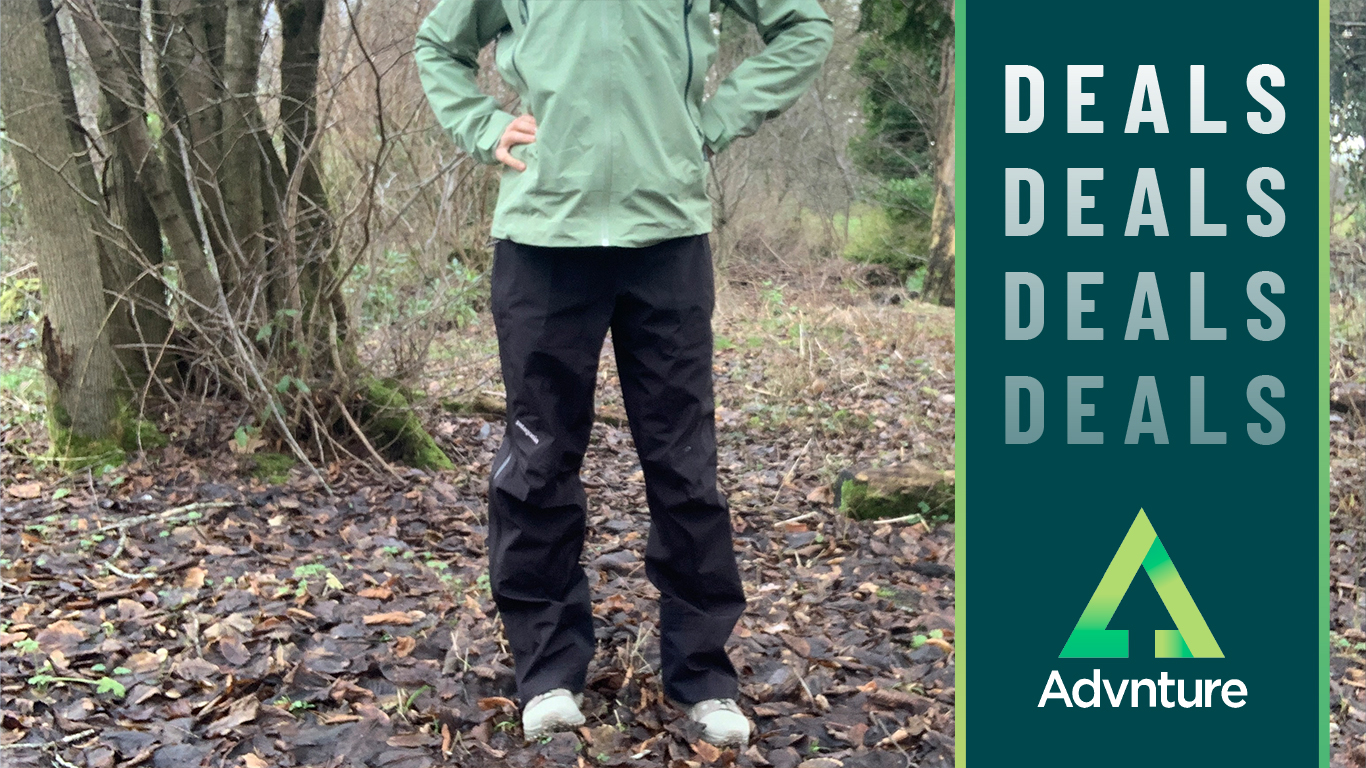How to choose a headlamp for all your nocturnal adventures
We illuminate how to choose a headlamp to keep you safe at night, no matter what activity you're doing

The best headlamps make essential kit for any outdoor adventure. Even if you have no intention of hiking after dark or running at night, sometimes you run out of daylight before you’re finished with your exploits and if you don’t have a good light source, your possibility of getting injured or lost increases significantly. For such a small piece of gear, however, you might be surprised to see the range of features – and sometimes, big price tag – that accompany a headlamp. What is a lumen anyway, and do you need red or Reactive Lighting? In this article, we shed some light on what all those features mean and how to choose a headlamp according to your desired activity.
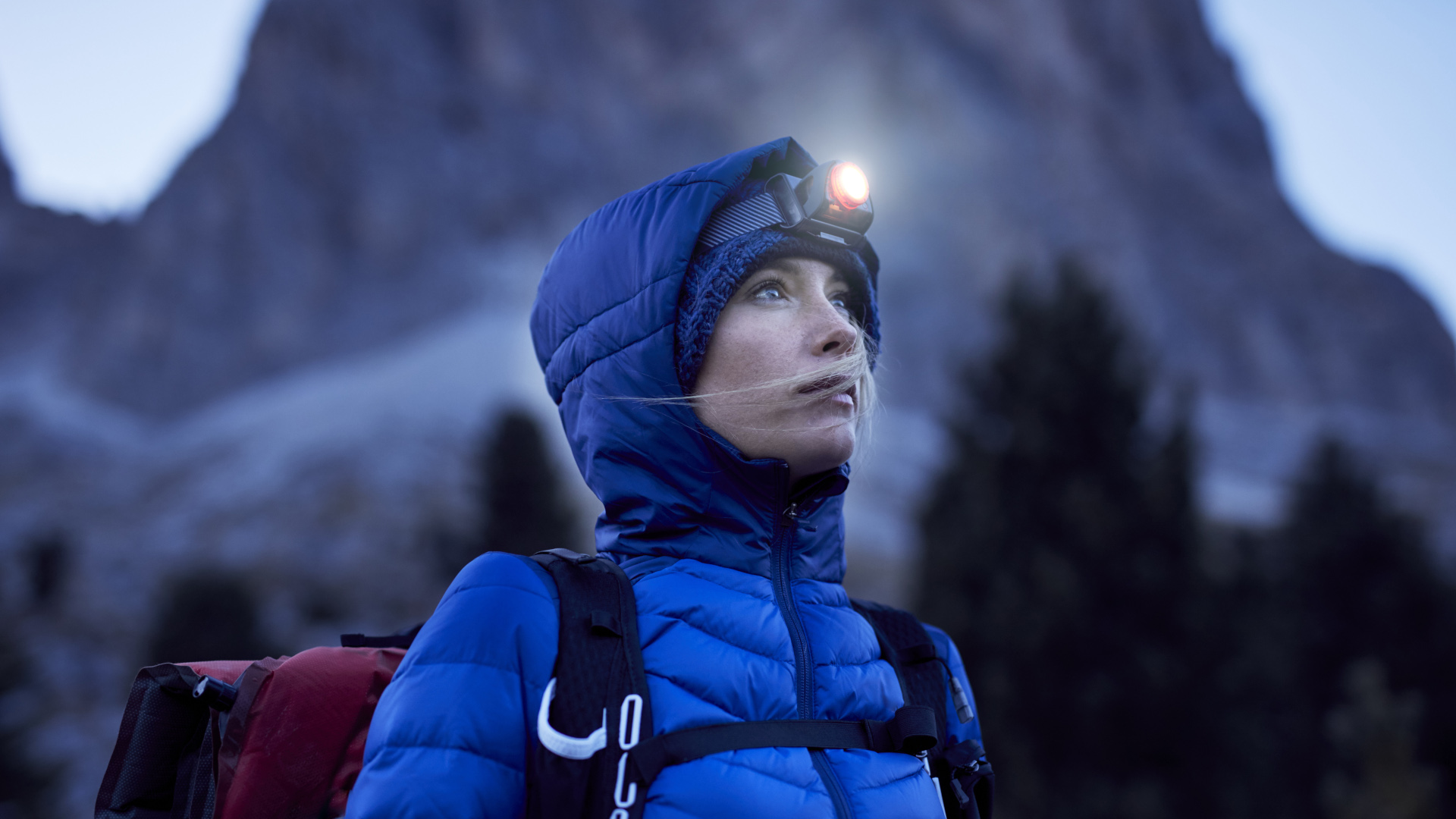
How to choose a headlamp: understanding the features
First, let’s run through what all those features actually mean. Here are some common terms you’ll see in a headlamp description:
- Lumens: A lumen is a unit of measure that gauges how much light is emitted by a lightsource. A headlamp might have anywhere from 50 to 750 lumens and generally speaking, the more lumens, the brighter the light, however brightness is also affected by beam.
- Beam: A flood or wide beam doesn’t illuminate a long distance, but lights up a wider area, while a spotlight beam throws out better light for long distance viewing.
- Run time: This refers to how many hours you can expect your headlamp to work before you need to change or charge the batteries. There are different ways to measure this, however, so know that a headlamp that boasts something like 40 hours of light might be doing so at significantly lower quality for the final 20 or even 30 hours. More lumens often means that the battery will drain quicker, however technological advances are changing this.
- Brightness: Most good headlamps will offer low, medium and high brightness settings, which are handy for different activities. The higher the brightness, the more battery power you’re using. Some headlamps offer a Boost mode which gives you a short burst of extra brightness for a few seconds.
- Tilt: The ability to tilt your headlamp up or down is almost always helpful for activities like running and climbing at night.
- Reactive Lighting: Reactive Lighting, now called RL, was developed by Petzl and uses a sensor to analyze reflected light (the amount of light coming back to it) and automatically adjusts as needed.
- Red light mode: Just as it sounds, this mode can be a little easier on your eyes (and other people’s eyes) in the dark.
How to choose a headlamp for camping
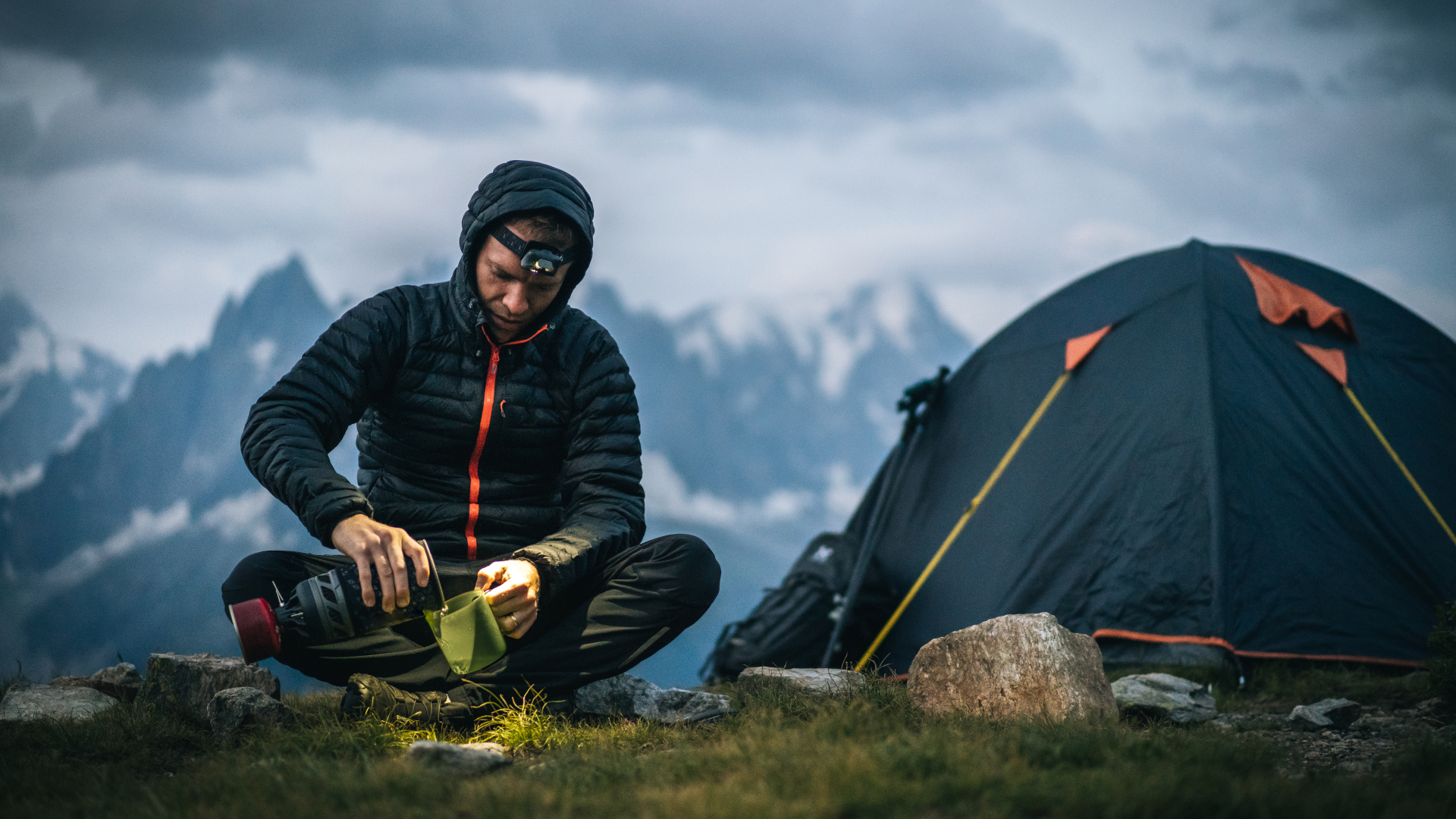
For moving around your campsite without tripping over guy lines, fetching a drink from your camping cooler and pitching a tent after dark, you don’t need anything too high tech or expensive and should prioritize the following features in your headlamp:
- Wide beam: You don’t need to be able to see very far but it is helpful to be able to see around your campsite.
- Red light setting: This can be really nice if you are changing or even reading in your tent, where a white light might disturb your fellow campers.
- Brightness: For most camping activities 50-200 lumens is plenty.
How to choose a headlamp for hiking

Much like camping, you can get away with a fairly basic headlamp for hiking in the dark since you’ll be moving relatively slowly. Look for these features:
- Spotlight beam: A beam that helps you see down the trail is more helpful than a wide beam, though a wide beam will usually be ok.
- Waterproofing: Hiking tends to happen in all weathers, and your headlamp might spend a lot of time packed in a wet backpack when you're not using it, so look for a water resistant headlamp.
- Brightness: 50 - 200 lumens.
How to choose a headlamp for running
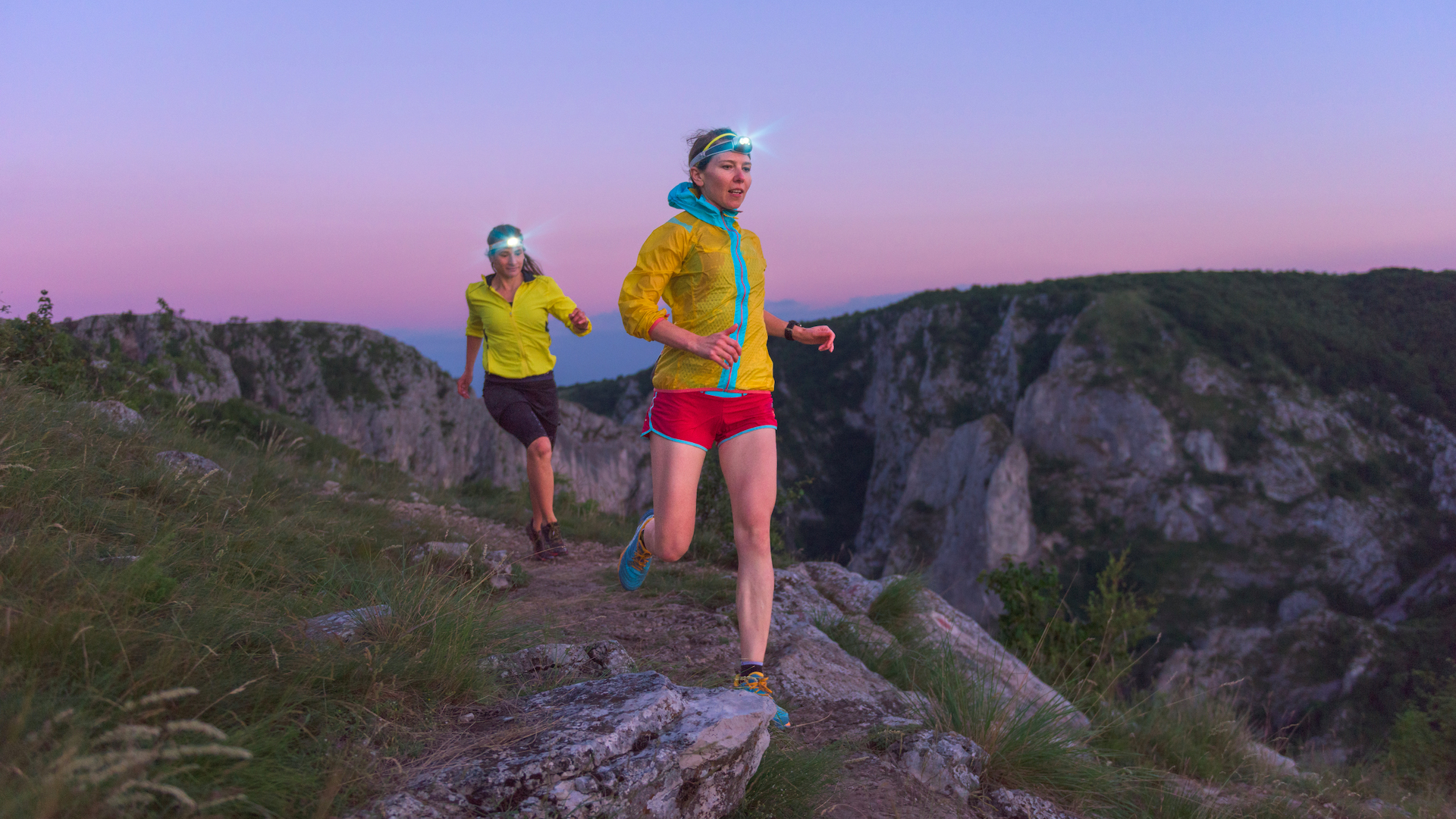
If you’re running with a headlamp, you need to be able to see down the trail as well as directly in front of you, and you need a headlamp that will stay on, so prioritize the following:
- Secure fit: Try your headlamp on before you set off and make sure it stays in place once you start bouncing around.
- Spotlight beam: While a flood beam isn’t all that important, you’ll want to have a good spotlight and a bright light to pick up any rocks or tree roots under your feet.
- Reactive Lighting: For trail running, consider reactive lighting which is useful when you’re moving fast between shadowy and open areas.
- Weight: Honestly, headlamps aren’t particularly heavy anyway, but the lighter, the better for running.
- Waterproofing: Since running tends to be an all-weather activity, a water resistant headlamp is a good idea.
- Brightness: 200 - 400 lumens.
How to choose a headlamp for climbing
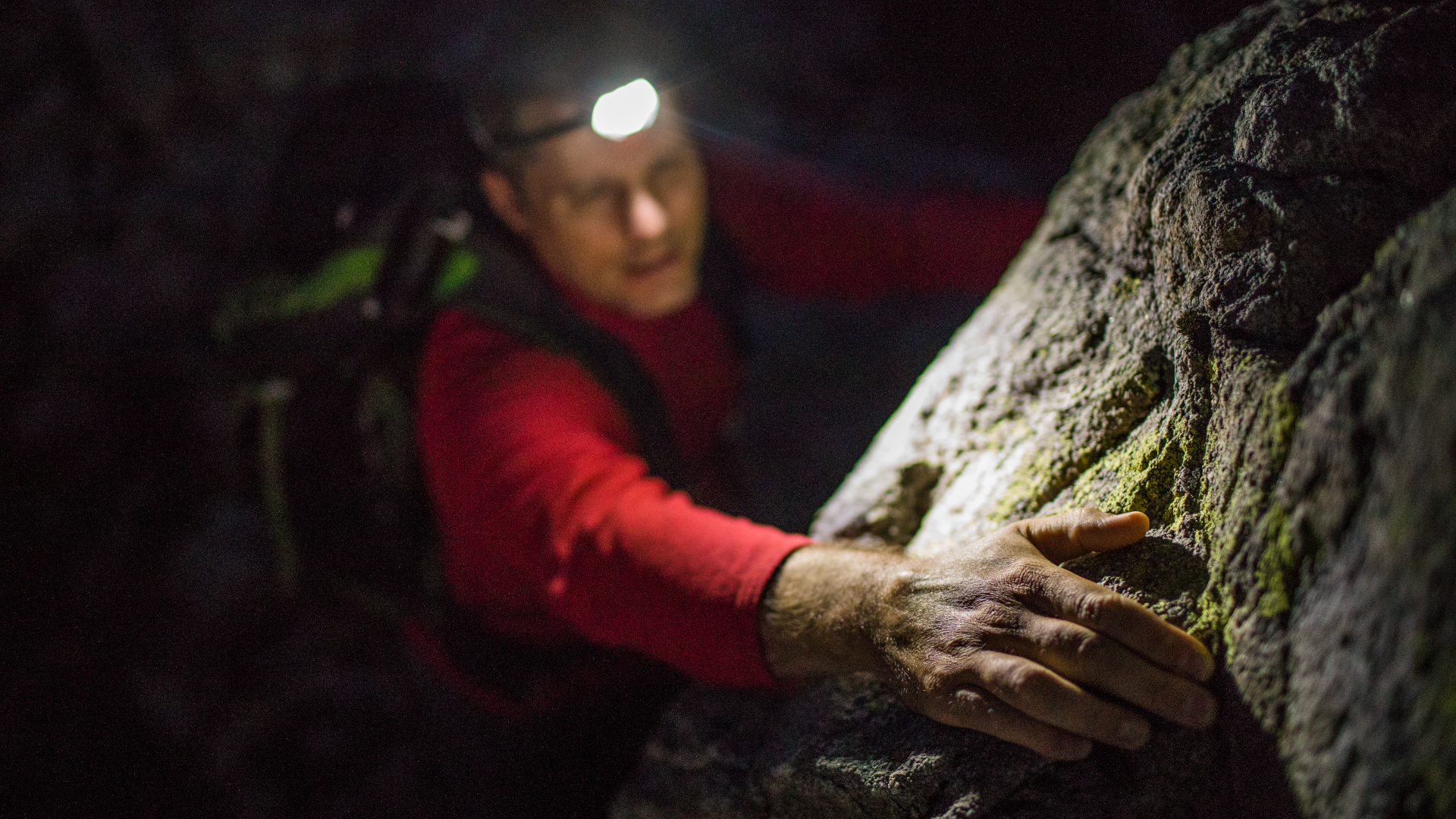
For rock climbing, you’re going to want really good visibility and probably want a high-end technical headlamp so look for these specific features:
- Helmet compatible: Your headlamp needs to fit over your climbing helmet and you’ll need to ensure that your helmet is headlamp compatible. If it’s not, make sure you can comfortably wear it, and tilt it up, underneath your helmet.
- Beam: A headlamp with both wide beam for scouting out your next move and spotlight beam for planning your line is required.
- Reactive lighting: This can be super helpful for when you’re alternating between looking directly at light-colored rock in front of your face and looking up.
- Good run time: the last thing you want is to be messing around changing batteries while you’re hanging onto the side of a cliff, so get a headlamp with a long battery life.
- Lumens: More is better as you need to see detail so look for 400 lumens or higher.
- Best camping lantern: safely illuminate your whole campsite
Advnture Newsletter
All the latest inspiration, tips and guides to help you plan your next Advnture!
Julia Clarke is a staff writer for Advnture.com and the author of the book Restorative Yoga for Beginners. She loves to explore mountains on foot, bike, skis and belay and then recover on the the yoga mat. Julia graduated with a degree in journalism in 2004 and spent eight years working as a radio presenter in Kansas City, Vermont, Boston and New York City before discovering the joys of the Rocky Mountains. She then detoured west to Colorado and enjoyed 11 years teaching yoga in Vail before returning to her hometown of Glasgow, Scotland in 2020 to focus on family and writing.

